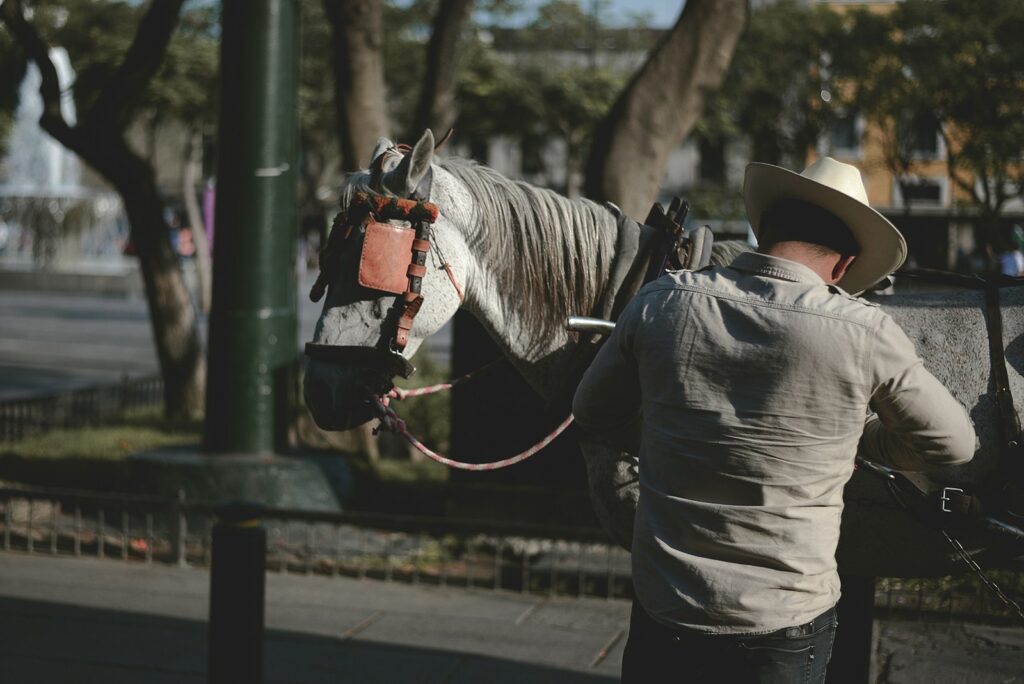Before setting out on a ride with your equine companion, a thorough pre-ride check is essential for both your safety and your horse’s well-being. This systematic inspection helps you identify potential issues before they become serious problems during your ride. Whether you’re a novice rider or an experienced equestrian, developing a consistent pre-ride routine establishes good horsemanship habits and strengthens the bond between you and your horse. This comprehensive guide will walk you through each step of conducting a proper pre-ride check, helping ensure enjoyable and safe riding experiences for both you and your horse.
Understanding the Importance of Pre-Ride Checks
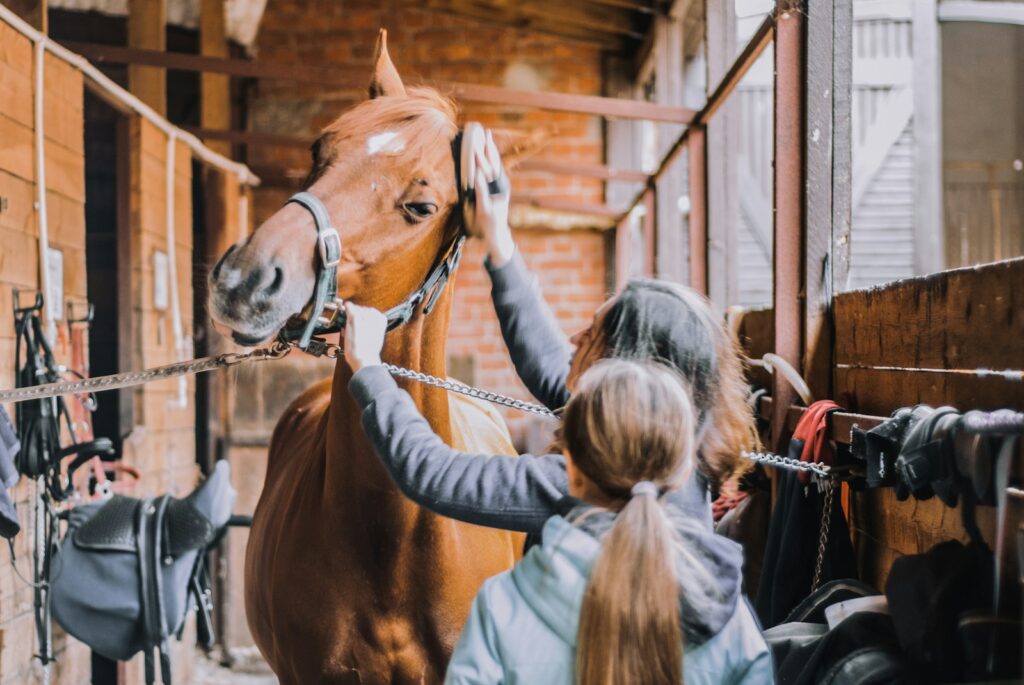
A pre-ride check serves as your first line of defense against potential injuries and problems that could arise during your riding session. Just as pilots perform pre-flight checks before taking to the skies, responsible equestrians inspect their horses thoroughly before mounting up. This process helps you detect subtle signs of lameness, discomfort, or illness that might not be immediately obvious but could worsen with exercise. Regular pre-ride checks also familiarize you with your horse’s normal condition, making it easier to spot changes or abnormalities early. Additionally, these checks provide valuable bonding time with your horse, establishing trust and reinforcing your role as their caretaker before you ask them to carry you.
Gathering Your Equipment
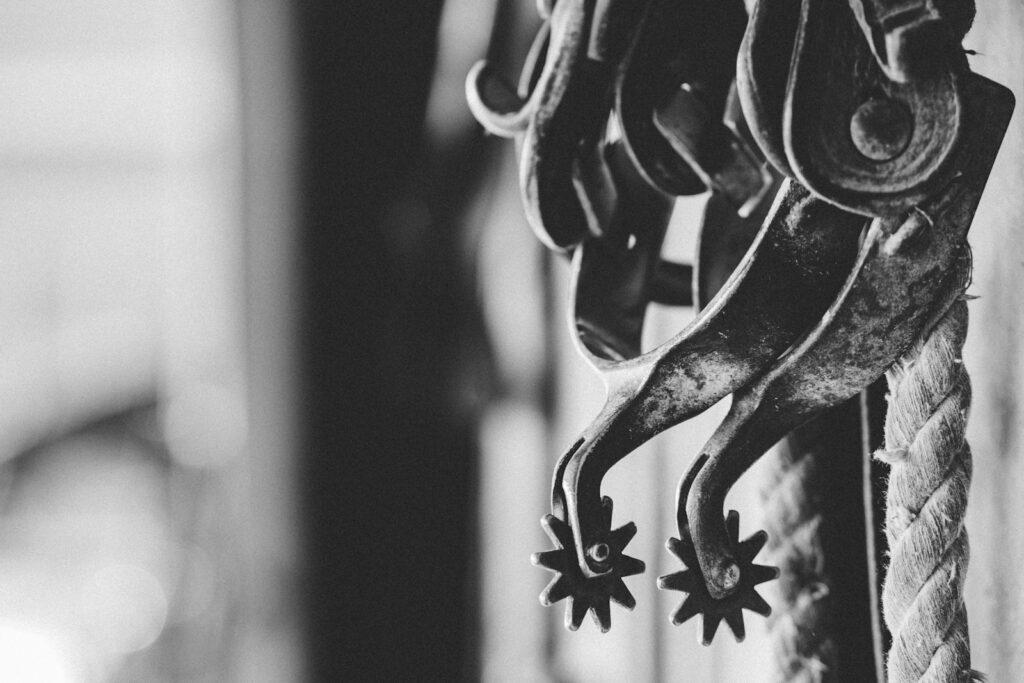
Before beginning your pre-ride check, assemble all necessary tools and equipment in one convenient location. At minimum, you should have a curry comb, dandy brush, hoof pick, and clean cloths within easy reach. Consider keeping a small first aid kit nearby containing wound spray, gauze, and veterinary wrap for addressing minor issues discovered during your inspection. A flashlight can be invaluable for examining dark areas like the undersides of hooves or inspecting the mouth in poorly lit barns. Some riders also keep a thermometer handy to check their horse’s temperature if they suspect illness. Having everything prepared beforehand allows you to conduct a thorough check without interruptions or the need to leave your horse unattended.
Approaching and Observing Overall Demeanor
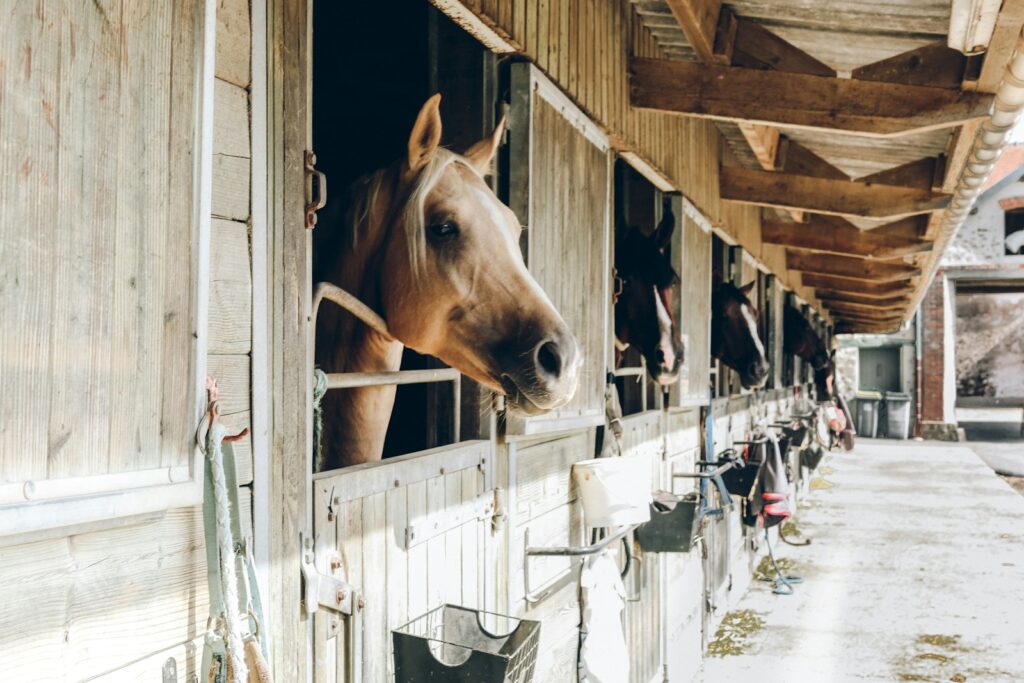
The pre-ride check begins the moment you approach your horse’s stall or paddock. Observe how your horse acknowledges your presence—are they alert and interested, or dull and unresponsive? Note their stance and whether they’re bearing weight equally on all four legs or favoring one. Watch for signs of discomfort such as pawing, frequent weight-shifting, or an abnormal posture that might indicate pain or digestive issues. Pay attention to their breathing pattern, which should be regular and calm, not labored or unusually rapid when at rest. These initial observations provide valuable clues about your horse’s overall health and mindset before you even lay hands on them, potentially alerting you to problems that warrant further investigation or veterinary attention.
Examining the Head and Neck

After your initial observation, begin a hands-on inspection with your horse’s head and neck. Run your hands gently over the face, checking for any swelling, cuts, or areas of sensitivity that might indicate pain or injury. Examine the eyes, which should be clear, bright, and free from discharge—cloudy eyes or excessive tearing may signal problems requiring veterinary care. Check the nostrils for abnormal discharge, and observe breathing quality—any wheezing, whistling, or labored breathing warrants postponing your ride. Run your hands along the neck, feeling for heat, swelling, or sensitivity that might suggest an injury or reaction to a recent vaccination. Pay special attention to the throatlatch area where the head connects to the neck, as soreness here could indicate issues that will be exacerbated by bridle pressure.
Inspecting the Back and Withers
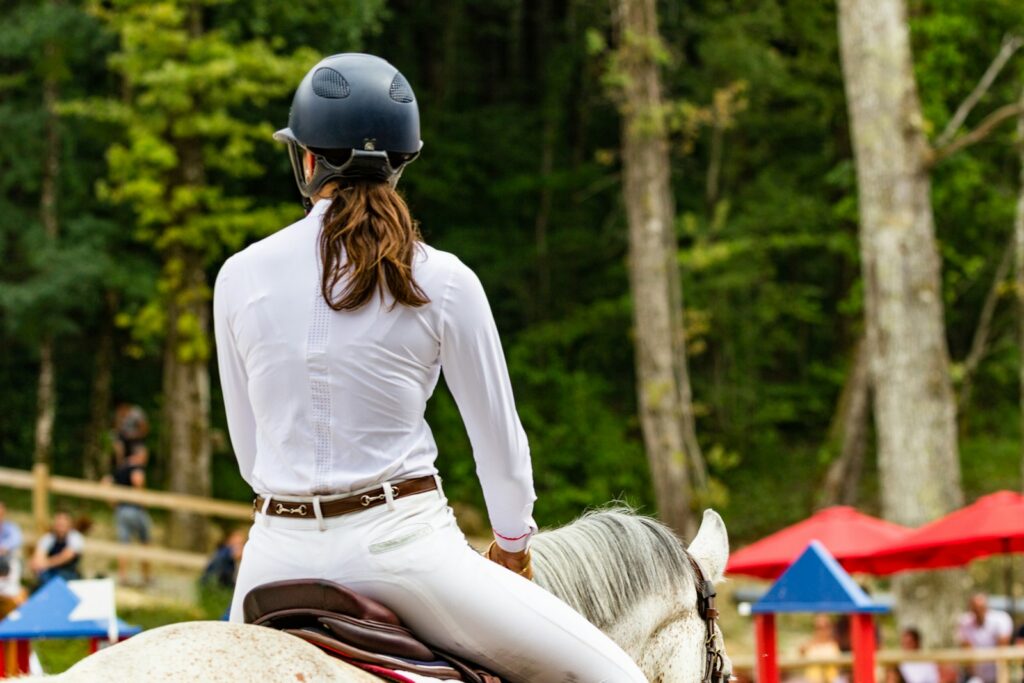
The back and withers bear most of your weight during riding, making this area particularly important to check thoroughly. Press firmly along the spine and surrounding muscles, watching for signs of discomfort such as flinching, dropping away from pressure, or pinning the ears. Pay special attention to the withers and the area where your saddle sits, noting any swelling, heat, or sensitivity that could indicate previous saddle fit issues. Run your fingers along the spine itself, feeling for any abnormal bumps, depressions, or asymmetry between the left and right sides. Remember that back pain might not be obvious until weight is applied, so even subtle reactions to your touch warrant further investigation before riding. Horses with back pain often show behavior changes under saddle, such as reluctance to move forward or unusual resistance, making this inspection crucial for preventing performance issues.
Checking the Girth and Barrel Area
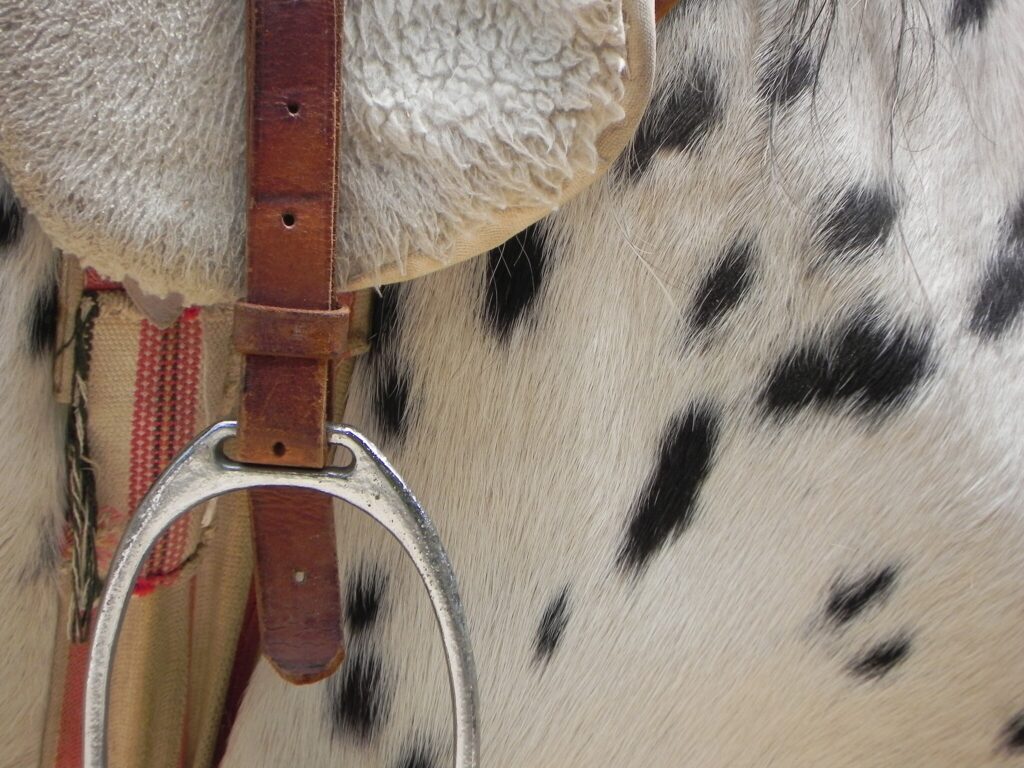
The girth area must be carefully inspected as it bears significant pressure from your saddle’s cinch or girth during riding. Run your hands firmly along both sides where the girth will sit, checking for any rubs, irritation, or swelling from previous rides. Some horses develop girth galls or sensitive spots that may not be visible but can cause significant discomfort when tacked up. While examining this area, check your horse’s breathing by watching the barrel (ribcage) expand and contract—the rhythm should be regular and unhurried in a resting horse. Take this opportunity to assess your horse’s overall body condition by feeling the ribs, which should be easily palpable but not visibly prominent. Any unusual distension of the belly could indicate gas or digestive issues that might make riding uncomfortable or unsafe for your horse.
Evaluating the Legs and Joints
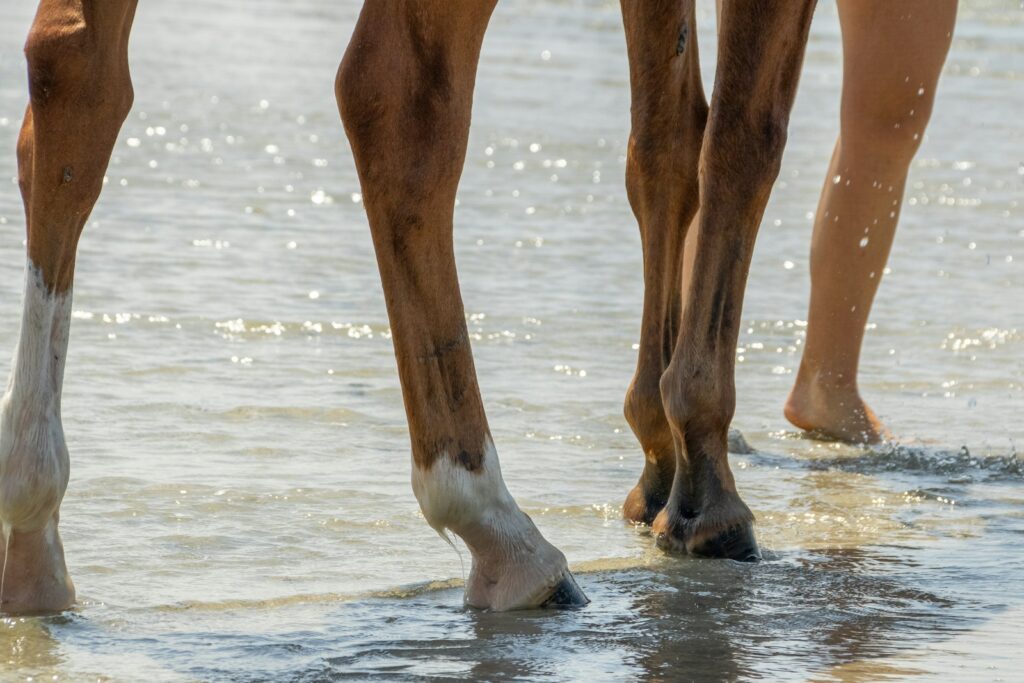
The legs support your horse’s entire weight and are particularly vulnerable to injury, making their examination a critical component of your pre-ride check. Begin at the shoulder or hip and work downward, running your hands over each leg while comparing corresponding limbs for symmetry, swelling, or heat. Pay particular attention to the joints—knees, hocks, fetlocks, and pasterns—gently flexing each while noting any resistance or discomfort from your horse. Check for any unusual bumps, filled areas, or thickening of tendons that might indicate acute or chronic issues. Be especially vigilant for heat in any area, as this is a primary indicator of inflammation that could worsen with exercise. Remember that some horses have naturally asymmetrical legs due to previous injuries, so knowing your horse’s normal condition is essential for identifying new problems.
Thorough Hoof Inspection
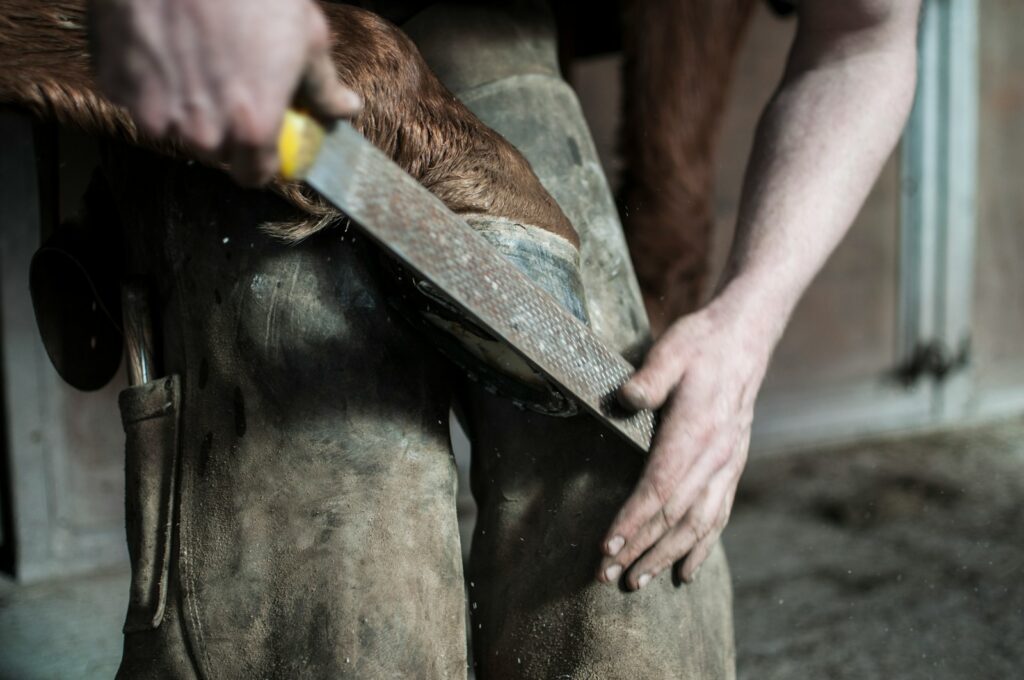
The old adage “no hoof, no horse” underscores the importance of a comprehensive hoof check before every ride. Pick up each foot and use a hoof pick to thoroughly clean out the sole, removing all debris from the commissures (grooves) and around the frog. While holding the hoof, check for unusual heat, which could indicate an abscess or inflammation within the hoof structure. Examine the hoof wall for cracks, chips, or signs of separation that could potentially worsen during your ride. Assess the frog’s condition, noting any thrush (characterized by a black, malodorous substance) or sensitivity that might require treatment. If your horse is shod, ensure that all shoes are secure with no risen clinches or shifted position that could potentially cause instability during your ride.
Assessing Digital Pulses and Temperature

Checking your horse’s digital pulses is an important yet often overlooked aspect of a thorough pre-ride inspection. The digital pulse can be found at the fetlock, where the digital artery passes over the sesamoid bones at the back of the pastern joint. A strong or bounding digital pulse indicates inflammation within the hoof, possibly from laminitis, an abscess, or other painful conditions that would make riding inappropriate. Compare the strength of the pulse between all four limbs—any asymmetry warrants further investigation. While in this area, note the general temperature of the hooves, which should feel relatively cool to the touch. Unusually warm hooves, particularly when accompanied by a strong digital pulse, indicate inflammation that requires immediate attention and likely veterinary care. Learning to accurately assess digital pulses takes practice but becomes an invaluable skill for early problem detection.
Observing Movement Patterns
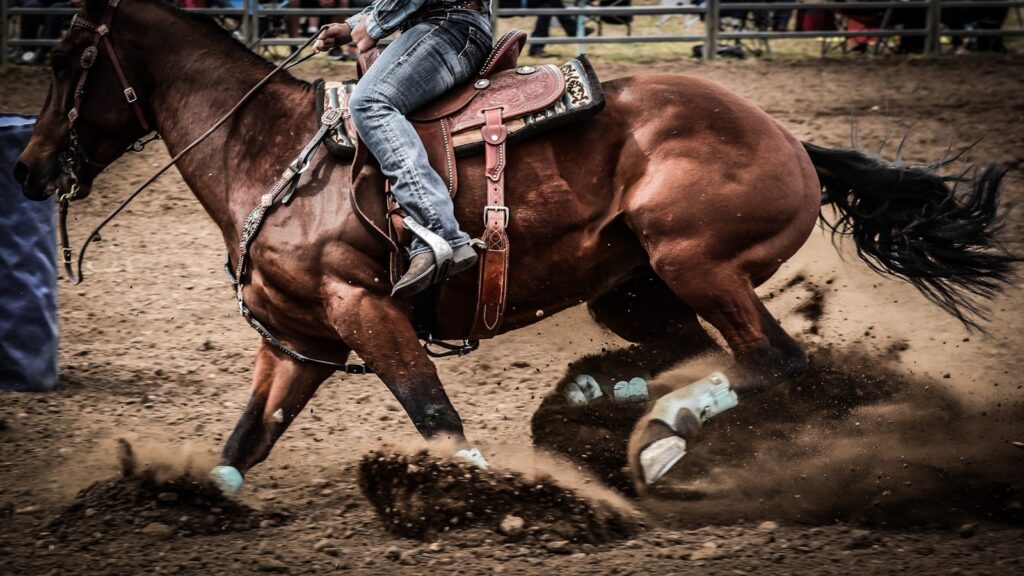
After completing your hands-on inspection, observe your horse’s movement to detect any lameness or restriction that might be exacerbated by riding. Lead your horse in a straight line on a flat, even surface, watching carefully for any head bobbing, uneven strides, or reluctance to bear weight on a particular leg. Turn them in both directions, noting any stiffness or difficulty navigating the turns, which could indicate pain or discomfort in the neck, back, or joints. If possible, observe your horse moving freely at a trot, when lameness issues are typically most apparent. Pay attention to whether your horse willingly moves forward or seems reluctant—hesitation may indicate pain or discomfort somewhere. Remember that subtle unevenness in the walk can translate to more significant problems when you add the weight of a rider and tack.
Tack Assessment and Fit Check
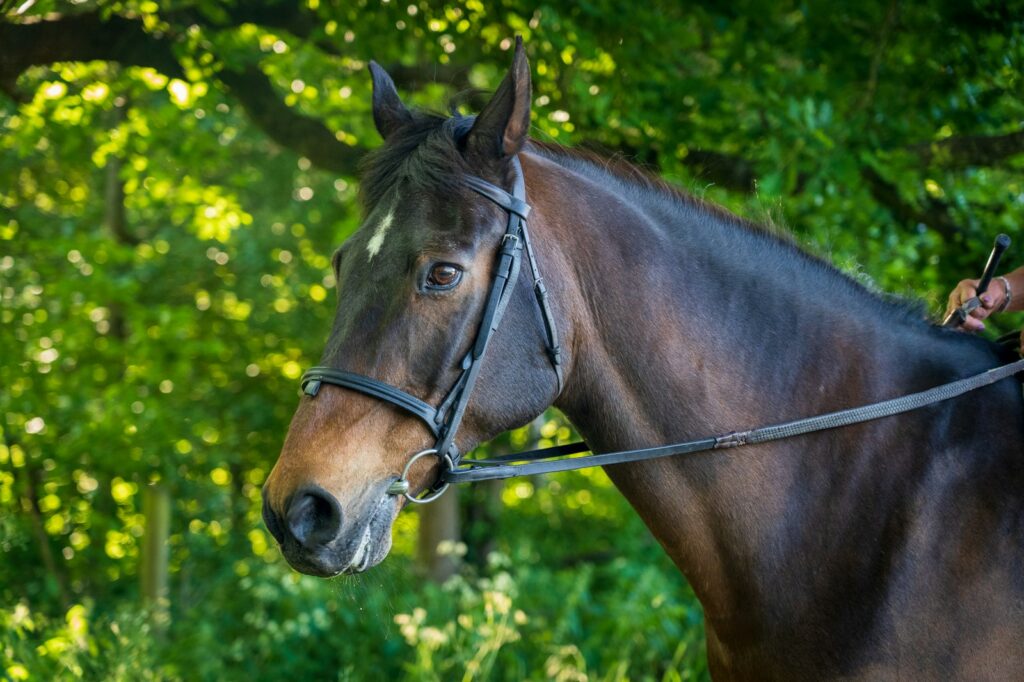
Before tacking up, inspect all equipment for signs of wear, damage, or weakness that could compromise safety during your ride. Check leather items for cracking or weakened stitching, particularly at stress points like billets, stirrup leathers, and the girth. Examine synthetic materials for fraying, and ensure all metal components like buckles and bits are free from sharp edges, rust, or distortion. Once your horse is tacked up, assess the fit of the saddle, ensuring it sits level without pinching the withers or pressing on the spine. The girth should be secure but allow you to fit a flat hand between it and your horse’s body. Check that your bridle is properly adjusted, with the bit sitting correctly in the mouth with appropriate clearance for the horse’s tongue and a proper wrinkle at the corners of the lips. Poor tack fit can cause significant discomfort that leads to behavior problems during riding.
Evaluating Mental Readiness
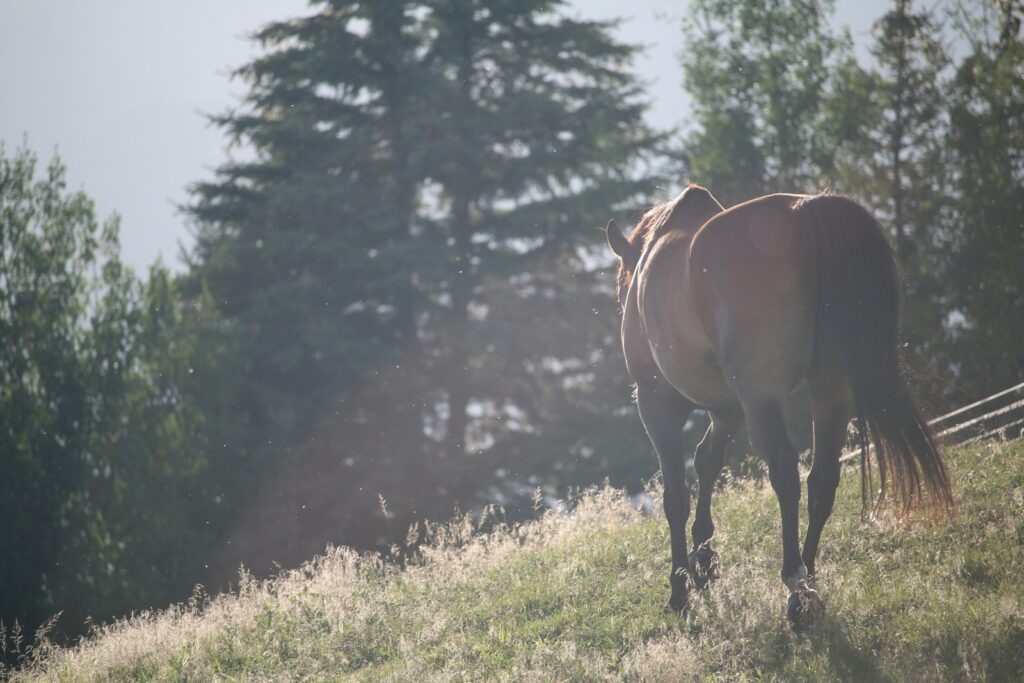
Physical soundness is only one component of your horse’s readiness to be ridden—their mental state is equally important for a safe, productive session. Notice your horse’s attention level and responsiveness to your requests during the grooming and tacking process. A horse that seems distracted, unusually agitated, or excessively lethargic may not be in an appropriate mental state for riding. Watch for signs of stress such as tail swishing, teeth grinding, excessive head tossing, or tense facial expressions. Some horses benefit from groundwork before mounting to assess their focus and willingness to cooperate. Trust your instincts—if your horse seems “off” mentally but you can’t identify a physical cause, consider a lighter workout or groundwork session instead of riding. Remember that forcing a ride on a mentally unprepared horse often leads to frustrating or potentially dangerous situations.
Developing a Consistent Routine
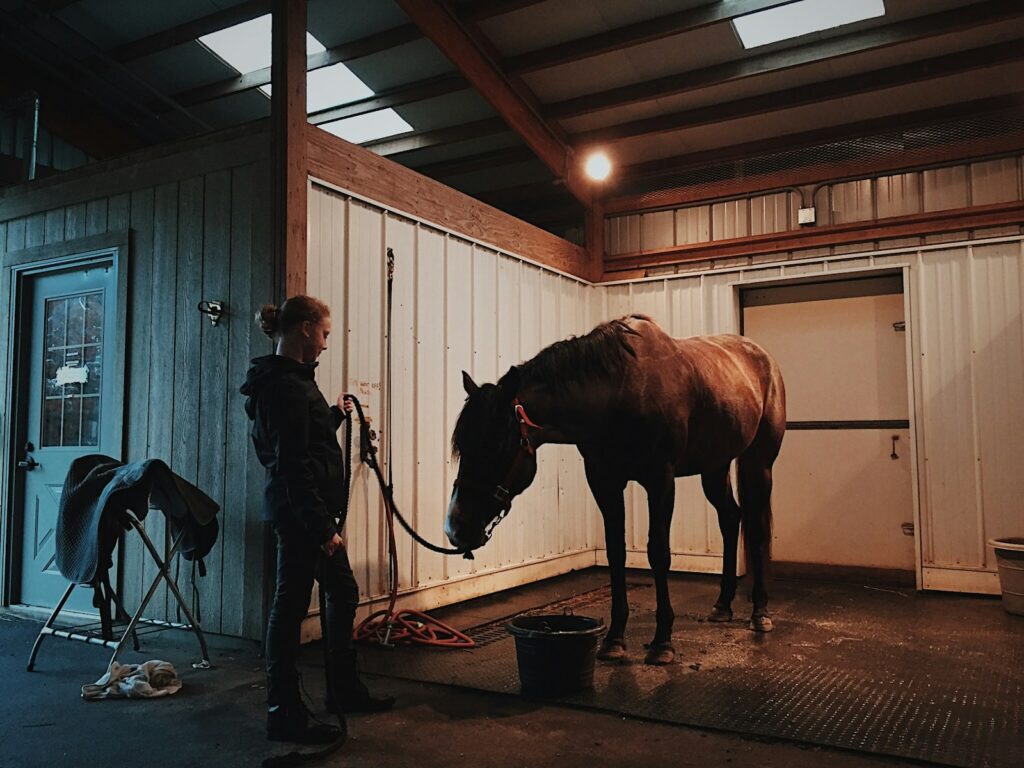
The effectiveness of pre-ride checks depends largely on consistency and developing a systematic approach that becomes second nature over time. Create a mental or written checklist that you follow in the same order for every ride, ensuring no aspect of the inspection is overlooked. Consider keeping a small notebook in your grooming kit to record observations, particularly if you share your horse with others or don’t ride daily. Set aside adequate time for this process—rushing through pre-ride checks defeats their purpose and may cause you to miss subtle but important signs. Remember that this routine will become faster and more efficient with practice without sacrificing thoroughness. As you develop this habit, you’ll find that your awareness of your horse’s normal condition becomes more refined, allowing you to detect minor changes before they develop into major problems.
When to Postpone Your Ride
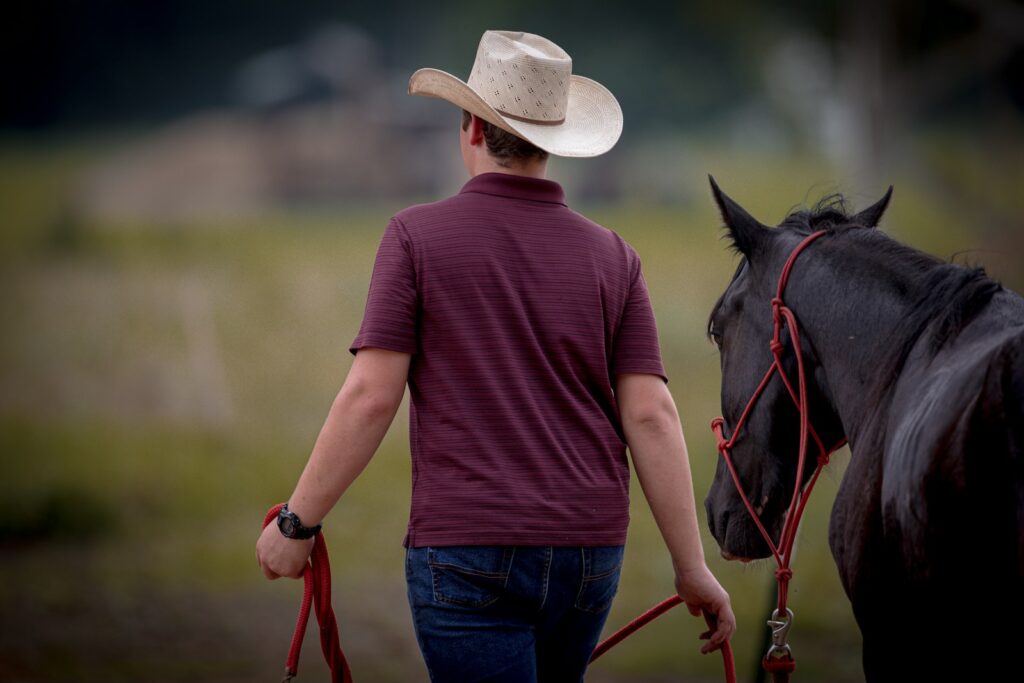
Perhaps the most important aspect of the pre-ride check is knowing when to make the responsible decision not to ride. Any signs of lameness, significant pain or discomfort, elevated temperature, or unusual respiratory sounds warrant postponing your session and potentially seeking veterinary advice. Even subtle issues like mild back soreness or slight unevenness in movement might be exacerbated by the weight of a rider. Consider environmental factors as well—extreme heat, dangerous footing conditions, or your horse’s heightened anxiety might make riding unsafe regardless of physical soundness. Remember that postponing a ride when your horse isn’t at their best demonstrates good horsemanship and prevents minor issues from developing into serious injuries or behavioral problems. The decision not to ride today often ensures that you’ll have many more opportunities to ride safely in the future.
The pre-ride check is far more than a perfunctory ritual—it’s a fundamental aspect of responsible horsemanship that protects both you and your equine partner. By developing and consistently implementing a thorough inspection routine, you demonstrate respect for your horse’s wellbeing and build the foundation for a trusting partnership. Over time, this practice becomes second nature, taking only minutes to complete while potentially saving you from dangerous situations, veterinary bills, and setbacks in your horse’s training program. Remember that each horse is an individual with unique characteristics and concerns, so adapt your pre-ride check to address your particular horse’s needs and history. Your diligence in this simple practice reflects your commitment to being the caretaker your horse deserves.

